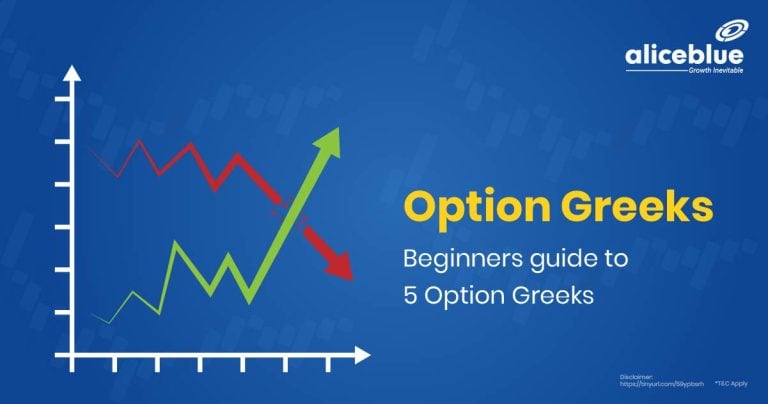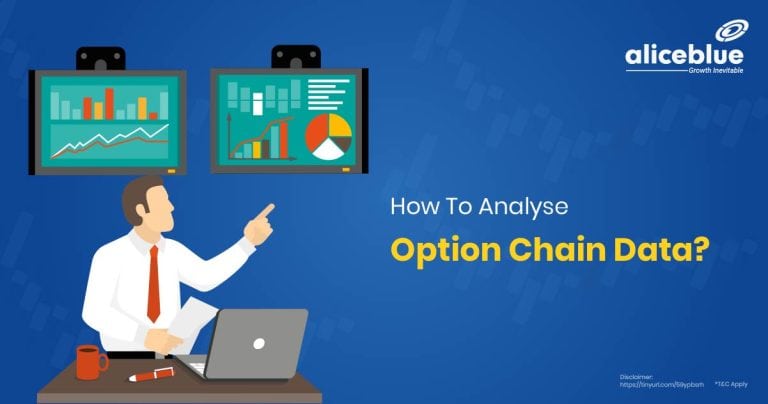To do technical analysis in F&O trading, study price charts, use indicators like RSI and moving averages, and analyze volume trends. Identify patterns like head-and-shoulders or triangles to predict market movements and make informed trading decisions based on historical data.
Content:
- What Is Technical Analysis?
- How Does Technical Analysis Work?
- Technical Analysis in F&O Trading with Example
- Technical Analysis in F&O Trading Advantages
- Technical Analysis in F&O Trading Disadvantages
- How To Do Technical Analysis In F&O Trading? – Quick Summary
- How To Do Technical Analysis In F&O Trading? – FAQs
What Is Technical Analysis?
Technical analysis is a method of evaluating securities by analyzing price movements, trading volumes, and historical data. It relies on patterns, charts, and indicators to predict future price movements, focusing on market trends rather than intrinsic value.
This approach assumes that the price reflects all available information. Traders and investors use technical analysis to make informed decisions, aiming to identify entry and exit points. It’s widely used in trading stocks, commodities, and derivatives like futures and options.

How Does Technical Analysis Work?
Technical analysis works by studying past market behavior through charts and indicators. It helps identify trends, reversals, and potential support or resistance levels, enabling traders to predict future price movements based on historical patterns.
Using tools like moving averages, RSI, and candlestick charts, traders assess market sentiment. This method assumes that price action follows trends, and history often repeats itself, making it a vital strategy for short-term trading.
Technical Analysis in F&O Trading with Example
Technical analysis is crucial in Futures and Options (F&O) trading as it identifies potential price movements through chart patterns and indicators. Traders focus on price trends, volumes, and support-resistance levels to maximize profits in these derivatives markets.
In F&O, technical tools like Bollinger Bands, MACD, and Fibonacci retracements are used to gauge market momentum and volatility. These help in crafting strategies for both hedging and speculative purposes, optimizing risk and returns.
For example, a trader might use RSI to detect overbought conditions in a stock option. If RSI crosses 70, it may signal a reversal, prompting the trader to sell call options or buy puts to capitalize on expected price declines.
Technical Analysis in F&O Trading Advantages
The main advantage of technical analysis in F&O trading lies in its ability to provide actionable insights for short-term decision-making, enabling traders to identify market trends and time their trades effectively.
- Predicts Short-Term Trends: Technical analysis aids in recognizing immediate market trends, helping traders plan their entries and exits in the highly volatile F&O segment.
- Supports Diverse Strategies: It accommodates a range of trading strategies, including scalping, hedging, and momentum trading, ensuring flexibility for different market conditions.
- Data-Driven Approach: Charts and indicators provide objective, quantifiable data, reducing emotional biases that can lead to irrational decisions.
- Customizable Tools: Technical indicators are adaptable, allowing traders to tailor analysis based on specific assets, timeframes, or strategies for better precision.
Technical Analysis in F&O Trading Disadvantages
The main disadvantage of technical analysis is its reliance on historical data, which does not guarantee future results, making it less effective during sudden market disruptions or unpredictable events.
- Subject to Interpretation: Different traders may interpret the same patterns differently, leading to inconsistencies in decision-making and potential errors.
- Ineffective in Unstable Markets: In highly volatile or manipulated markets, technical indicators may fail to predict accurate trends, causing losses.
- Overemphasis on Tools: Excessive reliance on technical tools can overshadow fundamental analysis, missing out on broader market insights and long-term value.
- Learning Curve: Mastering technical analysis requires significant time and effort, making it challenging for beginners to apply effectively in F&O trading.
How To Do Technical Analysis In F&O Trading? – Quick Summary
- Technical analysis evaluates securities using price patterns, trends, and indicators. It focuses on market behavior, helping traders make decisions based on historical price movements and market sentiment.
- Technical analysis studies charts, trends, and indicators to predict price movements. Tools like RSI and moving averages assess market sentiment, assuming patterns repeat over time for strategic decisions.
- Technical analysis in F&O trading uses tools like Bollinger Bands and Fibonacci retracements to predict price trends, aiding in speculative and hedging strategies. RSI helps identify overbought levels for actionable trades.
- Technical analysis helps traders predict trends, adapt strategies, use objective data, and customize tools for specific needs, making it highly effective in short-term F&O trading.
- Technical analysis relies on historical data, may fail in volatile markets, requires interpretation, and has a steep learning curve, limiting its reliability and usability for some traders.
- Open a free demat account with Alice Blue in 15 minutes today! Invest in Stocks, Mutual Funds, Bonds & IPOs for Free. Also, trade at just ₹ 20/order brokerage on every order.

How To Do Technical Analysis In F&O Trading? – FAQs
Technical analysis in F&O trading involves studying price trends, volume, and chart patterns to predict future movements and optimize strategies for futures and options trading.
Technical analysis in F&O trading relies on historical data, struggles in volatile markets, is open to interpretation, and requires significant expertise, limiting its accuracy and applicability in certain conditions.
Technical analysis in F&O trading identifies trends, supports timely decisions, enhances risk management, and helps traders leverage short-term opportunities by interpreting market behavior through charts and indicators.
The key principles include trend identification, support, and resistance levels, the use of indicators, and the assumption that price reflects all information and history repeats in market patterns.
Volume indicators reveal market strength, confirm trends, and help identify breakouts or reversals, providing traders with valuable insights for making informed decisions in options trading.
Commonly used chart patterns in F&O trading include head and shoulders, triangles, double tops and bottoms, and flags, helping traders identify potential reversals, continuations, and breakouts in F&O trading.
Technical analysis provides probabilities, not certainties, for price movements in F&O. It’s effective in trending markets but less reliable in volatile, unpredictable conditions.
Disclaimer: The above article is written for educational purposes, and the companies’ data mentioned in the article may change with respect to time The securities quoted are exemplary and are not recommendatory.









